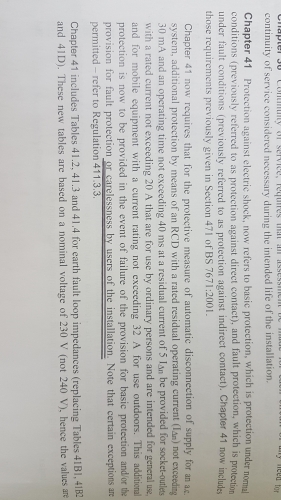davezawadi:
Surely Andy you do not think that the Inspectors job is to stop people being stupid about everything that they do? You mention damaging the cable with the kitchen window. Why would you close the window firmly enough to damage the sheath and primary insulation, which is quite difficult to do with proper wire strippers? I have had thousands of cables through all kinds of windows, and very rarely indeed has one been damaged in the way you describe.

We're about to take you to the IET registration website. Don't worry though, you'll be sent straight back to the community after completing the registration.
Continue to the IET registration site